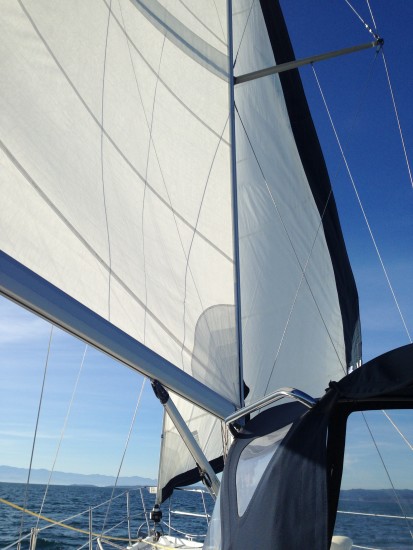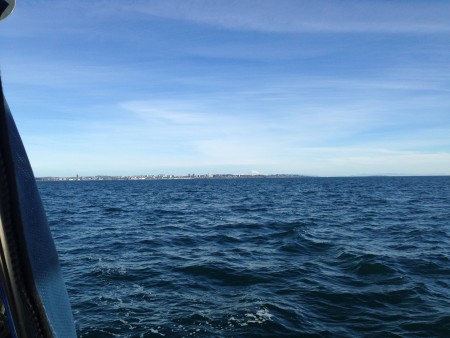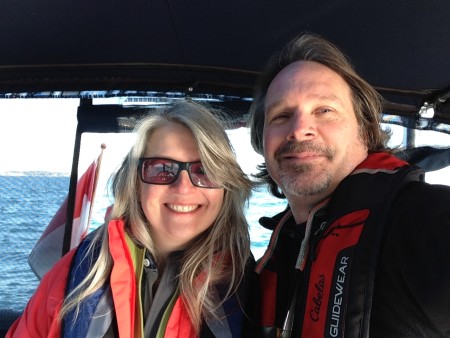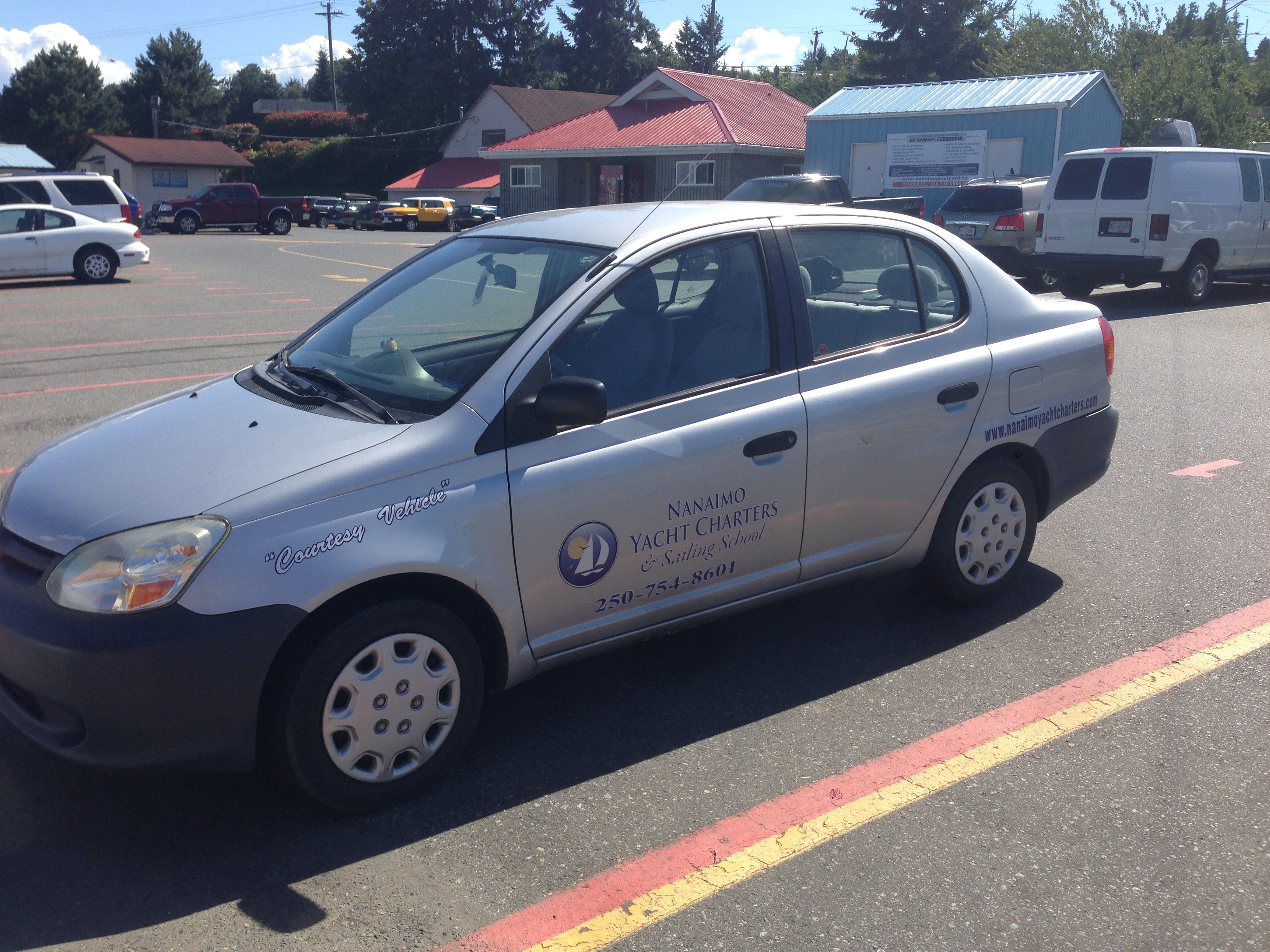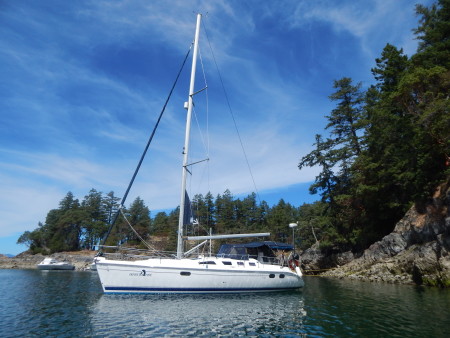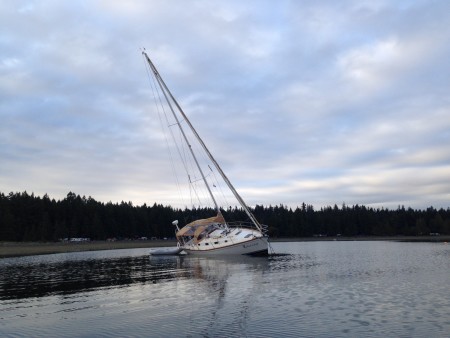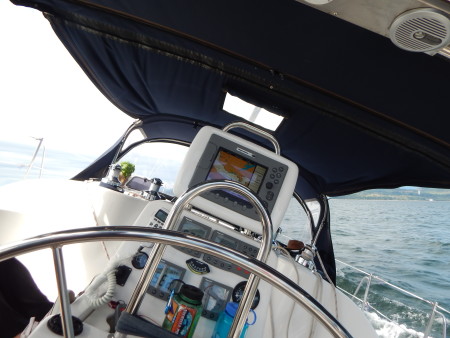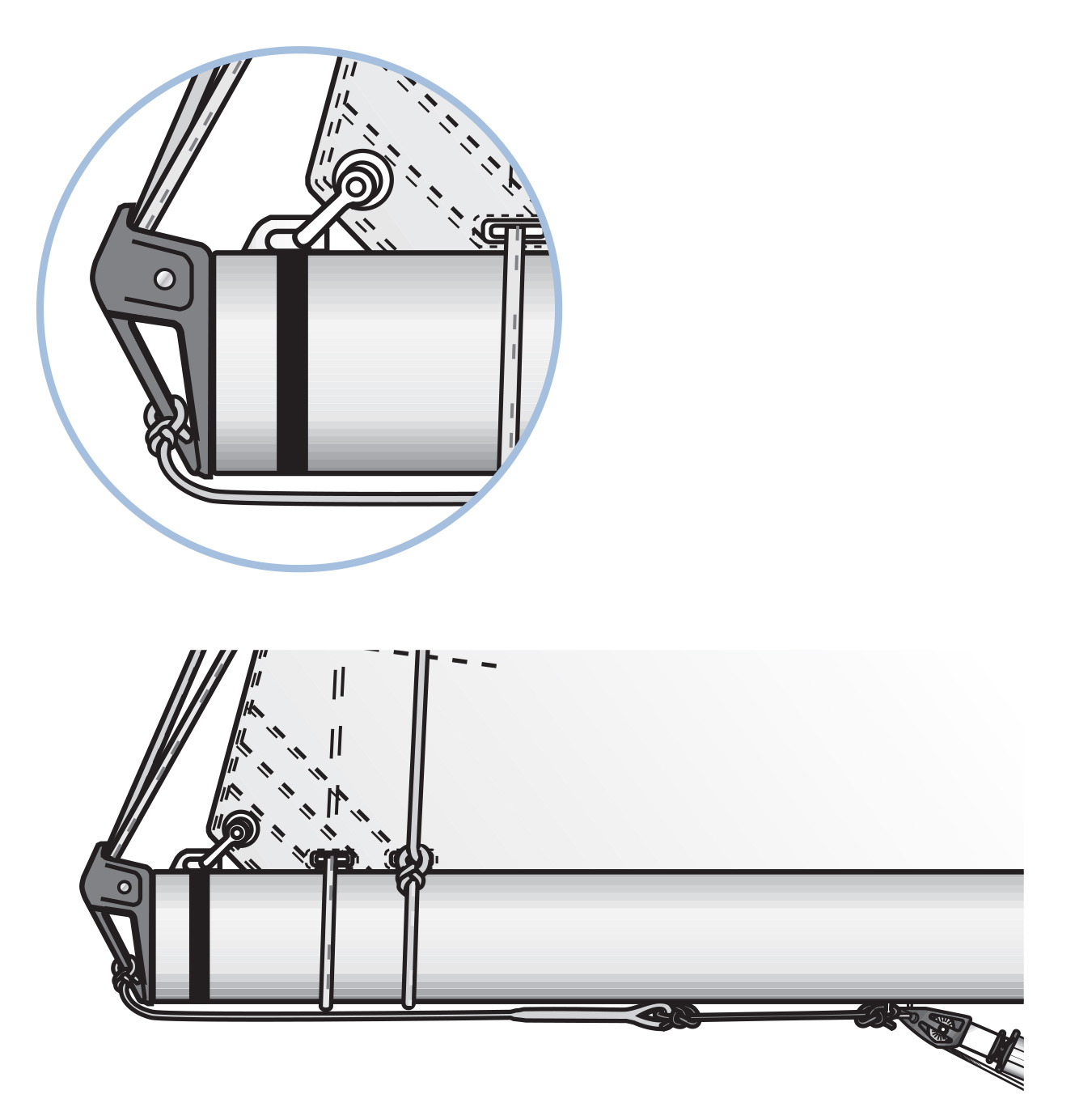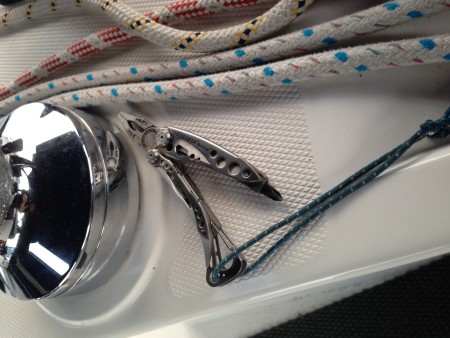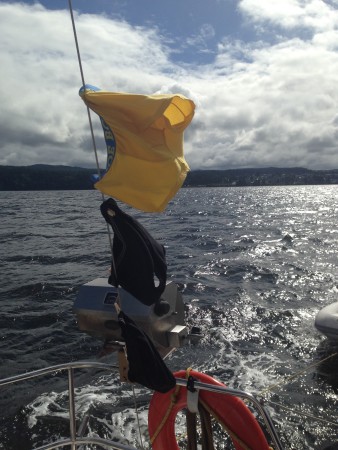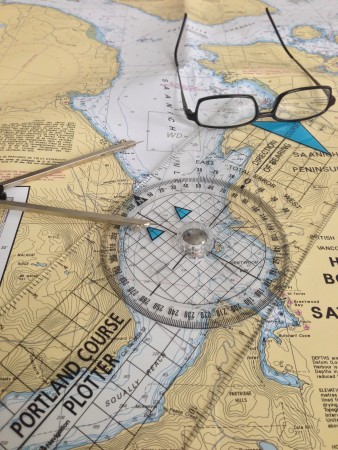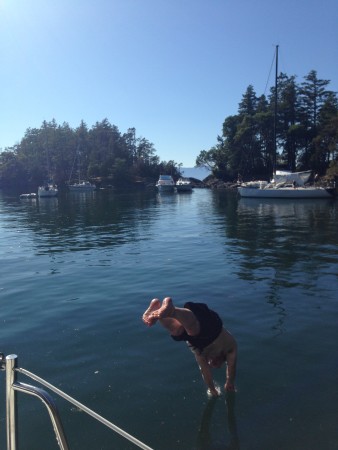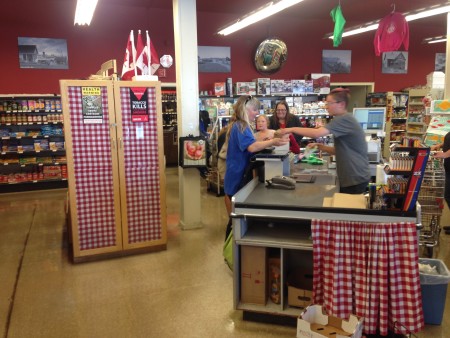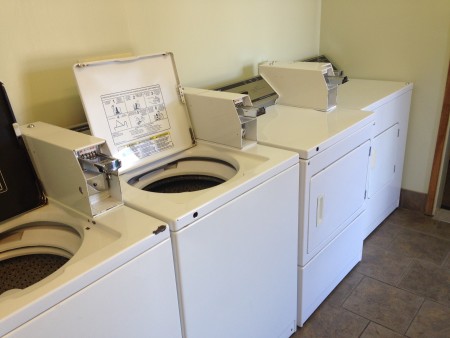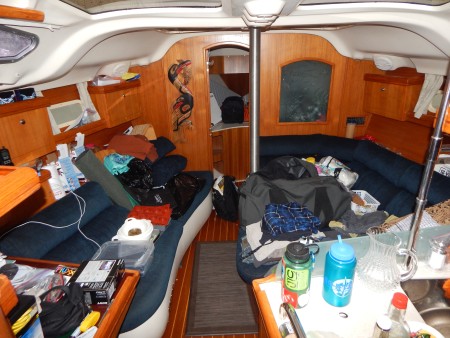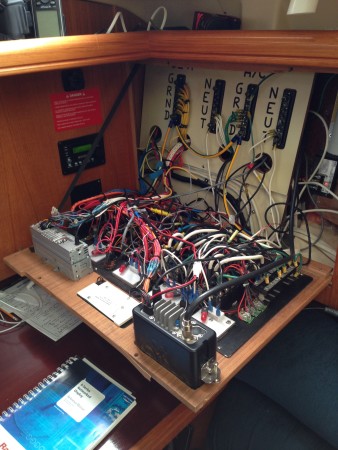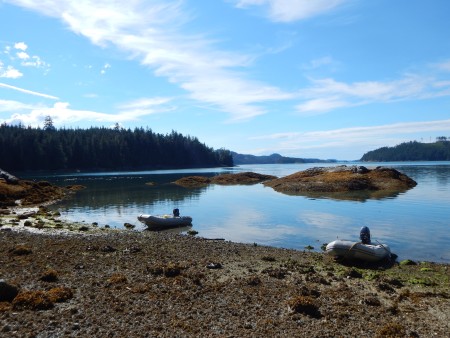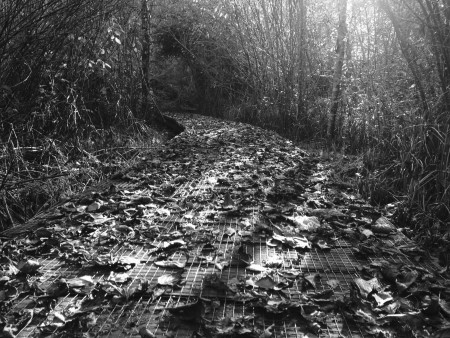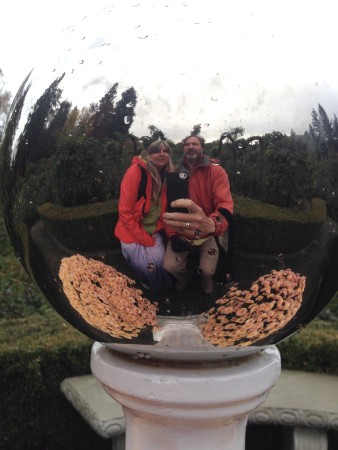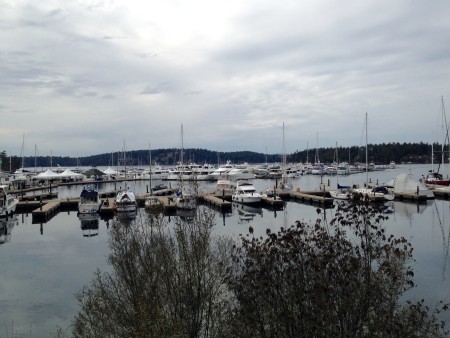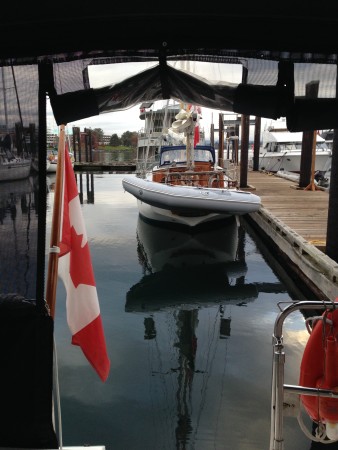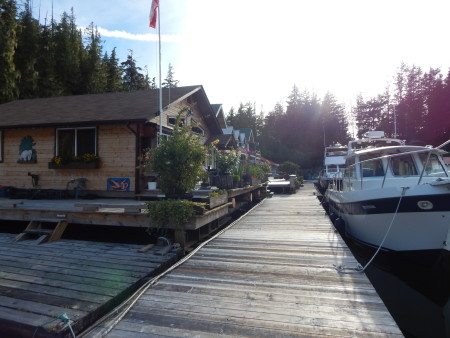Easter Sail…errr…Cruise
We really hadn’t done much sailing this winter and were still a bit trepidatious about the cold. So we’d been humming and hawing and watching the weather and making no decisions as Easter quickly approached. But our usual office space at the public library was closed Friday, Sunday and Monday and we had no other plans. There was no reason not to go except fear of the cold.
Day the First
So Friday morning I popped my head out the hatch, noticed a couple of boats gone from the docks and said, “Let’s go…” Now apparently, unbeknownst to me, the plan was for us to go, if we were to go, Saturday. But since Friday, Saturday and Monday was forecast to be sunny and Sunday was supposed to be cold and rainy, it made no sense to me not to have at least one nice day to hang out somewhere. Besides those other boats had gone already. And it looked like a few more were prepping. Get the feeling I am easily led? Sometimes… 🙂
Anyway, I checked the freezer and there were at least three days of meals there and tons of backup supplies like pasta and canned stuff. The only critical item was milk for morning tea and we had just enough. So I made a command decision and broke out the checklist and less than 45 minutes later we were rounding Odgen Point and headed for Haro Strait. Somewhere along the process of getting ready we decided on Royal Cove on Portland Island as a destination. We’d spent three or four days there last fall and it was protected and peaceful, and had lots of hiking. My only worry was that being so close to Sidney and Tsehum it might be packed with weekenders. So our fallback would be wandering over to Roche or heading to Tod Inlet or Genoa Bay. It was only 10:45 as we exited Victoria Harbour so we had plenty of time if we needed it.

The forecast 5-10 knots was more like 2-3 so we motored at around 2200 rpm, conserving fuel and enjoying the sunshine. The Nordhavn 40 Aegis (a gorgeous ocean-going trawler that somehow looks less than suited to our cruising area) from B dock pulled out just ahead of us and we followed in its wake — albeit a knot or two slower. Once we passed through Enterprise Channel, we met up with 5 or 6 other boats coming out of Oak Bay and Cadboro Bay and heading east. My suspicions that it was going to be busy were looking correct. But as we all cleared Cadboro point they headed off like stately ducks in a row towards the NE, following after Aegis and presumably off towards San Juan Island.
We motored in the glassy water of Haro Strait past Sidney Spit and enjoyed all the sights and sounds of the busy water off Sidney. I went below to make some no-knead bread dough for the next day while Leslie took care of the helm. A bit later we passed through the many islets and rocks around the north part of Sannich penninsula and entered into Moresby Passage. Right about then I spotted a Beneteau with green canvas ahead and speculated it might be Bula, one of the boats from our dock. Sure enough, as we got closer we confirmed it; they had their sails up and were stubbornly motorsailing their way north. I hailed them on the VHF and it turned out their destination was also Royal Cove. A few minutes later we passed them and then watched the monstrous Coastal Celebration slide by us as we shared a suddenly much narrower passage.
Much to my surprise Royal Cove was empty. We circled around and picked a spot as deep in as we could get on the east side to avoid as much of the ferry swell as possible and dropped anchor. As stern ties go it was one of our better ones and I managed to get the stern in close enough that we could loop the line through the iron ring on shore and back to the boat. That way when we left we could just pull the line without having to row back ashore. Leslie was able to keep the stern pointed basically at the shoreline and only had to do a little maneuvering to give me enough slack to get the line back to the boat. Bula pulled in a few minutes later and tied up a couple of rings down, and we were set for the night. Bula was apparently only here overnight since their girls were keen on the Easter Egg hunt at Poet’s Cove on Pender Island, so we might end up getting the cove to ourselves for most of the weekend.

We stripped back some canvas to let the sun into the cockpit and enjoyed the peace and quiet. You can actually feel the pressure disappear after you turn off the engine and begin to absorb the silence of these islands. Victoria is a great place to be but between the noise, overflying seaplanes and the boat’s constantly running heaters you forget how much pressure a city puts on your senses. The sensation you feel in those first few moments when you are finally settled in at anchor is like that ice cold glass of water on a hot day: just what body and soul needs.

After a while I bestirred myself to make some baked pasta for dinner and then we settled in to watch videos on the laptop before bed. As the sun set it cooled down so we fired up the Webasto for an hour or so before bedtime, added an extra quilt and then snuggled in for the night.
[flexiblemap src=”http://macblaze.ca/kmz/Easternumber1.kml”]
Day the Second
Morning was cold. C-O-L-D! I sprang out of bed, hit the breaker for the heating system, snapped on the Webasto and switched the fans to high; then I dived back under the covers to wait for the boat to heat up. On the way by I glanced at the thermometer and it was reading 8° C (46° F) in the cabin. Brrrrr. But at with the heater at full blast, the cabin doesn’t take long to start warming up. We hadn’t used the diesel heater much since we installed the battery monitor, so I took a few moments to take some readings after I crawled out from under the warm covers. After the initial start-up phase of 6 or 7 minutes, the Webasto seems to draw about 4 or 5 amps. It is a hydronic unit and has 3 radiators with fans: aft cabin, salon and another split between the forward cabin and the front of the salon. The fans draw about another 2 amps each, and it doesn’t seem to make that much difference if they are on high or low. So running the heater draws around 6 or 7 amps, which wasn’t too shabby as long as we were judicious in its use. By 4 pm that day, which was 24 hrs after we arrived, between the fridge, heater and various other lights and such, we’d used about 12% of the battery or 25% of our total available battery power. That gave us 4 days at that rate: not bad.
As the sun came over the trees, I grabbed a blanket and headed out into the cockpit with my book and coffee and settled in to relax. It was a slow day. So slow that we barely left the boat. One short hike out to the point and a slow meander back along the shoreline was the sum total of our physical activity.
Along the way I indulged myself taking pictures of wildflowers and sticking my nose in cracks and crevices along the shore cataloging the sea life. We spotted plenty of the ubiquitous purple starfish and a few smaller orange and white ones. I also spotted a horny orange tube which I dubbed a sea cucumber. Back at the boat I looked it up and I think it was a California Sea Cucumber (Parastichopus californicus), but you tell me…
Back on board we read, I made some dinner rolls for the next day’s lunch and baked the boule (no-knead bread), and then basically we hung around doing very little for the rest of the day. At low tide a small racoon came down to forage and entertain us, and later we watched a kingfisher zoom back and forth hunting dinner.


Leslie couldn’t leave the buns untouched until Sunday so helped herself to an advance copy. Reviews were good. Dinner was pork chops and fresh bread. After a warm, sunny day we left the heater off, played a bit of crib by candlelight and watched Guardians of the Galaxy under a blanket before heading off to bed.
Day the Third
Happy Easter. It seems neither of us had the foresight to buy any chocolate so we had to be satisfied with coffee and tea. The morning was a repeat of Saturday although I think we had acclimatized to the temperature a bit. Sunday was suppose to be rainy but it wasn’t socked in; more of an intermittent thing with moments of sunshine and warmth interspersed with cloud and rain.
We packed a lunch and made some ice tea for our water bottle, then layered up and headed out. Today we were going to loop the whole island and do the one remaining bit of trail we’d never done yet — 6 or 7 kilometres total. Along the way I took a ton of wildflower and mushroom images, but I had only my iPhone so many of the smallest flowers didn’t turn out or were blurry. Spring is an amazing time of year for the amateur botanist; hopefully we will be back at end of April to see the next bunch.
- Calypso Orchid (Calypso bulbosa)
- Red flowering Current
- Wild strawberry
- Calypso Orchid (Calypso bulbosa)
- Indian paintbrush (Castilleja)
- Arbutus
We ran into five or six other parties on the trail, one fellow even doing it in a walking cast and crutches, which is pretty ambitious on some of the rougher parts. They must have all been kayakers, though, as there were only two boats in Princess Bay and one of those had its dinghy still on deck. On the west side of the island a pair of racoons were fishing on the rocks as we walked off-trail along the shoreline, and they seemed pretty put out that they had to wander back to the forest to let us pass. We ate fresh bread and jam for lunch in the sunshine on the midden beach facing Brackman Island and enjoyed the quiet and the view. We had to strip off most of our layers since it was so warm in the sun. But the rain came back about 20 minutes later and we bundled up again and head toward Kanaka Bluffs on the last half of our hike.
The intermittent rain and sunshine produced some lovely visuals with mist rolling off moss-covered boulders and the verdant green forest constantly playing with lights and shadows. Most of it is impossible to capture with a camera but it’s always well worth pausing and taking in the moments that hikes like this present. Even if you are standing around in the rain.
Five hours or so later we arrived back at the boat and stripped off our muddy clothes in exchange for something warm and dry. Then it was back to relaxing until dinner started calling. I fixed up some crispy-skinned, bone-in chicken thighs — one of my all time favourite meals (thanks, C) — and roasted honey-dijon and garlic potatoes.
That night’s video fare was an episode or two of the acclaimed series It’s Always Sunny in Philadelphia. It’s another of those comedy where none of the characters seem to have any redeeming characteristics (we are still reeling bit for watching the British version of The Office). The jury is still out whether it’s going to be part of the rotation or not.
Day the Fourth
Well, it seems we are all hardened up and the heater was barely on at all the next morning. Part of the reason for this trip was to see whether we are ready to leave Victoria for good, and I have to say, if we can count on this amount of sunshine, then I am pretty certain it won’t be much hardship when we decide to go.
The tide was going out and it looked like if we left right away we would catch the current and hit Discovery Island right at peak flow (in the right direction) so we washed up a bit and prepped to go. A lovely boat named Luna Quest had pulled in early the previous evening and the hardy souls aboard (all young men) had braved the frigid water for a quick dip accompanied by some loud expletives. This morning they too were prepping to go so we let them cast off first before we let slip the stern line.
Our departure wasn’t without a bit of drama as the wind swung our stern out towards the dinghy dock ( which I had anticipated) and then we popped the windlass breaker (which I had not) and Leslie had to dive below to reset it. At this point, for some stupid reason, I hit the auto pilot and was bringing in the stern line. The stern cleared the dock with ease but was now drifting towards the shallow water and rocky shore and we were —I thought — over our anchor chain. When I grabbed the wheel to move us off it wouldn’t budge. I yelled forward that maybe the chain was interfering with the rudder, but after the panic-adrenaline cleared, I suddenly remembered that the auto pilot was on. Cursing, I flipped it off, maneuvered the boat to the centre of the cove and willed my heart rate down back to something approaching normal. It’s not the first time I have forgotten about turning on the auto pilot, and I think I am developing a potential dangerous habit.
Exiting the cove, we swung west to follow the curve of Portland Island and headed for home. The winds were around 12-15 knots as we entered the channel so we had high hopes we would be doing some sailing after we cleared the busy waters. The fuel gauge was currently reading below a 1/4 of a tank. We had last filled in Roche Harbour last October, but math said we should have a little over half a tank left. But that was not counting whatever fuel the using the diesel heater during the winter had used, although that was supposed to be minimal. Redoing the math we decided we were good for the 4 or 5 hours we needed to get back to Victoria. But as we approached the islands off Tsehum Harbour I started second-guessing myself and eventually declared a state of “better safe than sorry” and turned in towards Swartz Bay and the Van Isle fuel dock.
I played a bit of chicken with the ferry as we approached the pinch point between the buoy off Knapp Island and Coal Island, but he had plenty of room after I scooted across the channel. Then we turned down John Passage. The only other time I had been down this narrow zigzagged passage was on Tim’s Baltic 42 the day we had decided to do a whole trip with the chart plotter off. So it was a bit of a surprise that my Navionics Platinum charts showed an island in the middle of the channel. Visually I could see nothing and the paper charts said there was nothing. I even checked the Navionics app on my phone and it said there was nothing. But it is still a bit disconcerting to drive your boat through a land mass on the chart plotter. So, for my subconscious’ sake, I ended up skirting the edge of the invisible island. I was still in better-safe-than-sorry mode.

We fuelled up in Tsehum and put in $45 of diesel (14 gallons) — just a bit under half a tank. So I guess our math was right and our gauge was wrong. Good to know it errs on the side of caution, though. Then we motored back out into Haro Strait and headed south in 5 knots of wind directly on our stern. We just didn’t bother with the sails. Instead I headed below for a much n-eded shower since the engine had been busily heating water for the last hour or so.
Two hours later, as we approached Cadbury Point, I scanned the horizon and lo and behold the sailboat off our port bow was Bula, also making her way home. She had her sails up and we decided that, after we darted up Mayor Channel off Trial Island, we would raise our sails and sail home even if the winds were light. Get the feeling we don’t like sailing in narrow channels? That’s just another “bad” habit we need to break. But this turned out to be a bad plan. The winds and currents around Trial Island are confused to say the least and every time we turned the engine off we ended up restarting it to move us further off the island. For awhile there we were actual sailing sideways. Eventually, as we turned into the Strait of Juan de Fuca proper, the winds shifted almost 180° and we were still going nowhere. Bula seemed to be doing okay, but I later confirmed they were motor sailing most of the way until they cleared the currents and channels. Eventually we gave up and motored home. Bula stuck to their guns, though, and headed off into the Strait on a port tack. They arrived back on the dock only about an hour and a half after us so I am guessing they are way better sailors that we are.
As we rounded Ogden Point we dodged a few seaplanes and pulled out the lines and fender in preparation for docking. About 40 minutes later the boat was back in liveaboard mode, all the tanks were topped up and Leslie was enjoying her first hot shower in a couple of days. We then rewarded ourselves with a visit to our favourite pub (Garrick’s Head) for dinner and a couple of pints.
It had been a great weekend and the first, I hope, of many more in the coming weeks.
[flexiblemap src=”http://macblaze.ca/kmz/Easternumber2.kml”]


























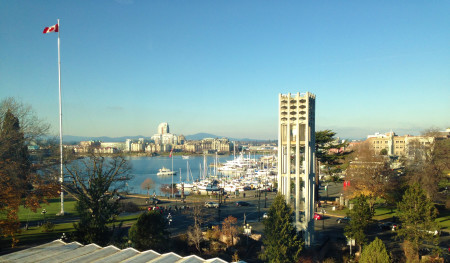

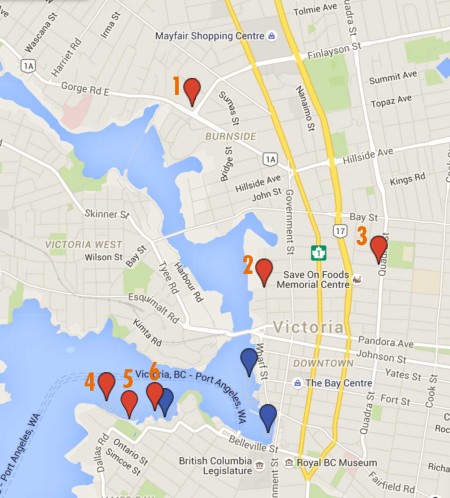


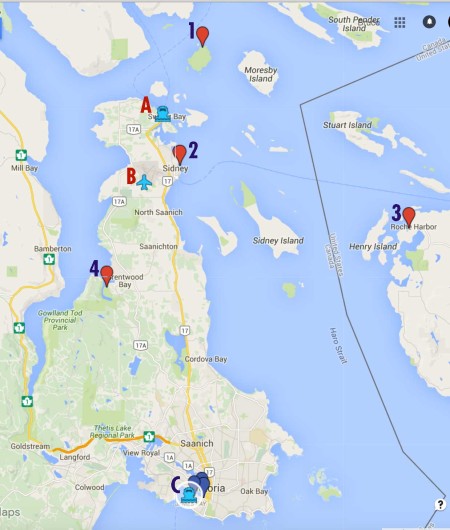
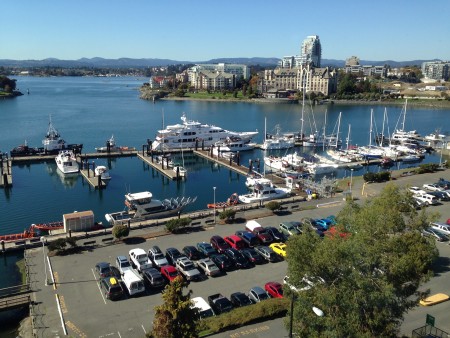

 Red line for our trip out downwind; Blue line for the close hauled trip back (rough approximations)
Red line for our trip out downwind; Blue line for the close hauled trip back (rough approximations)